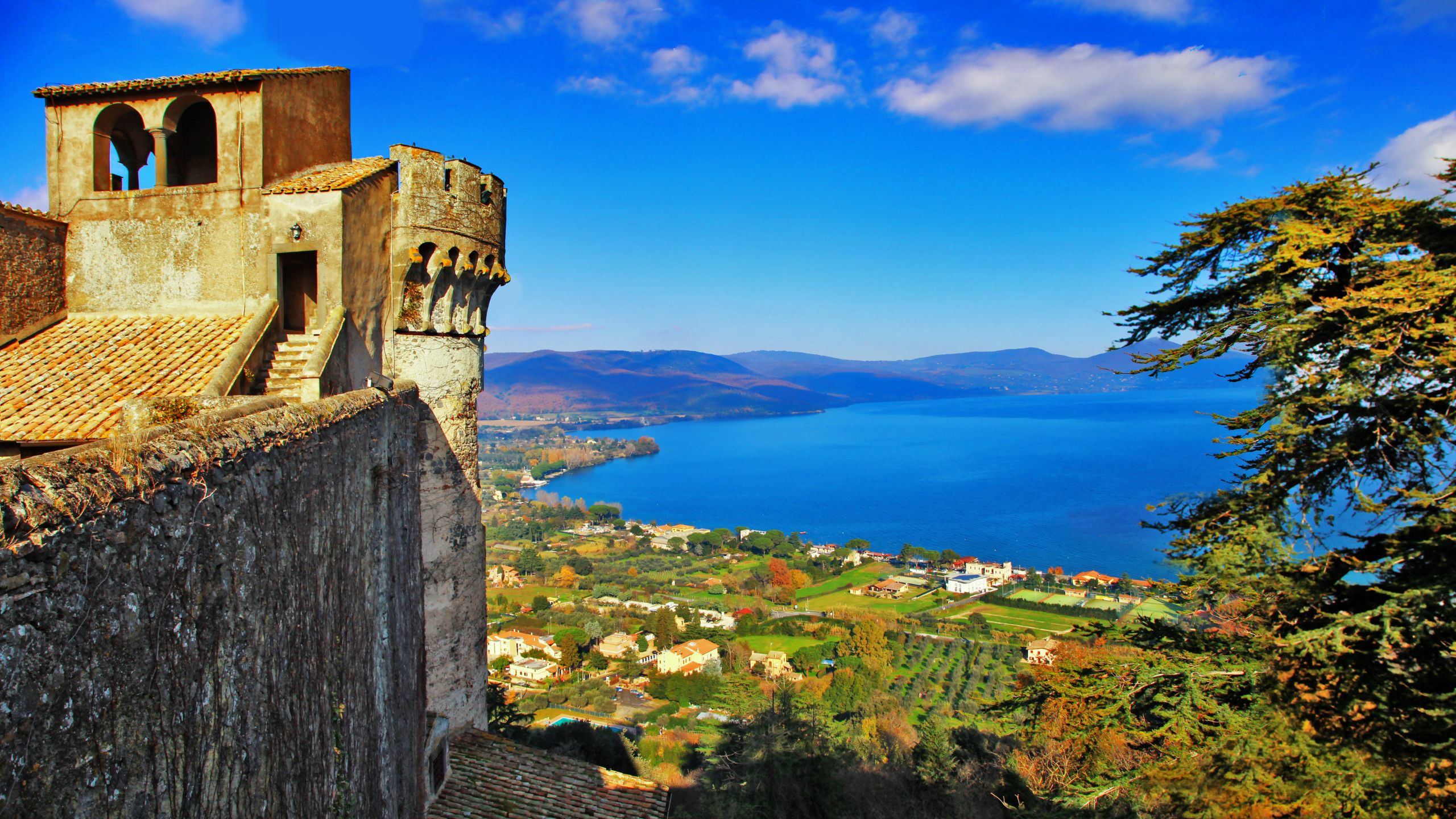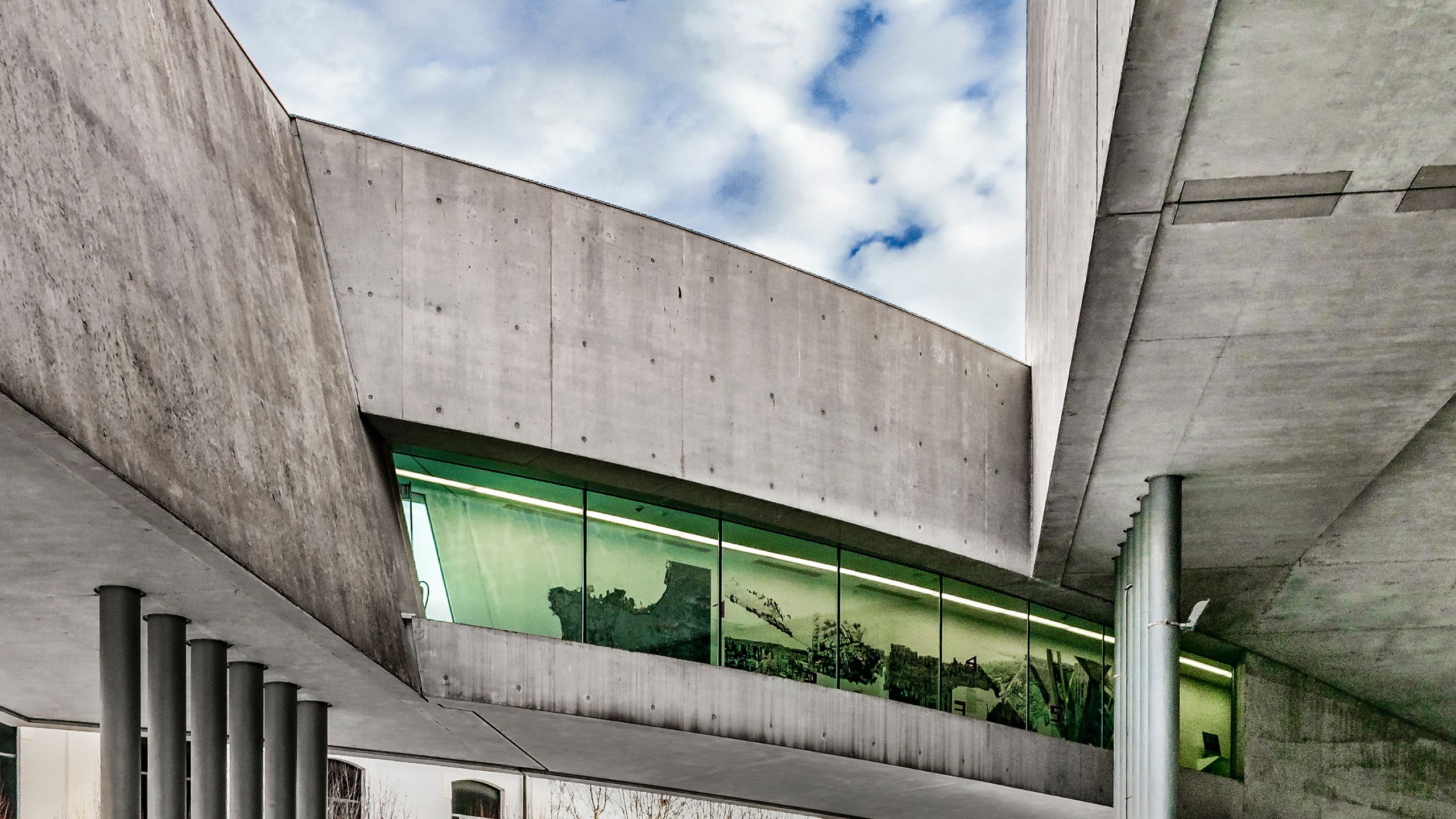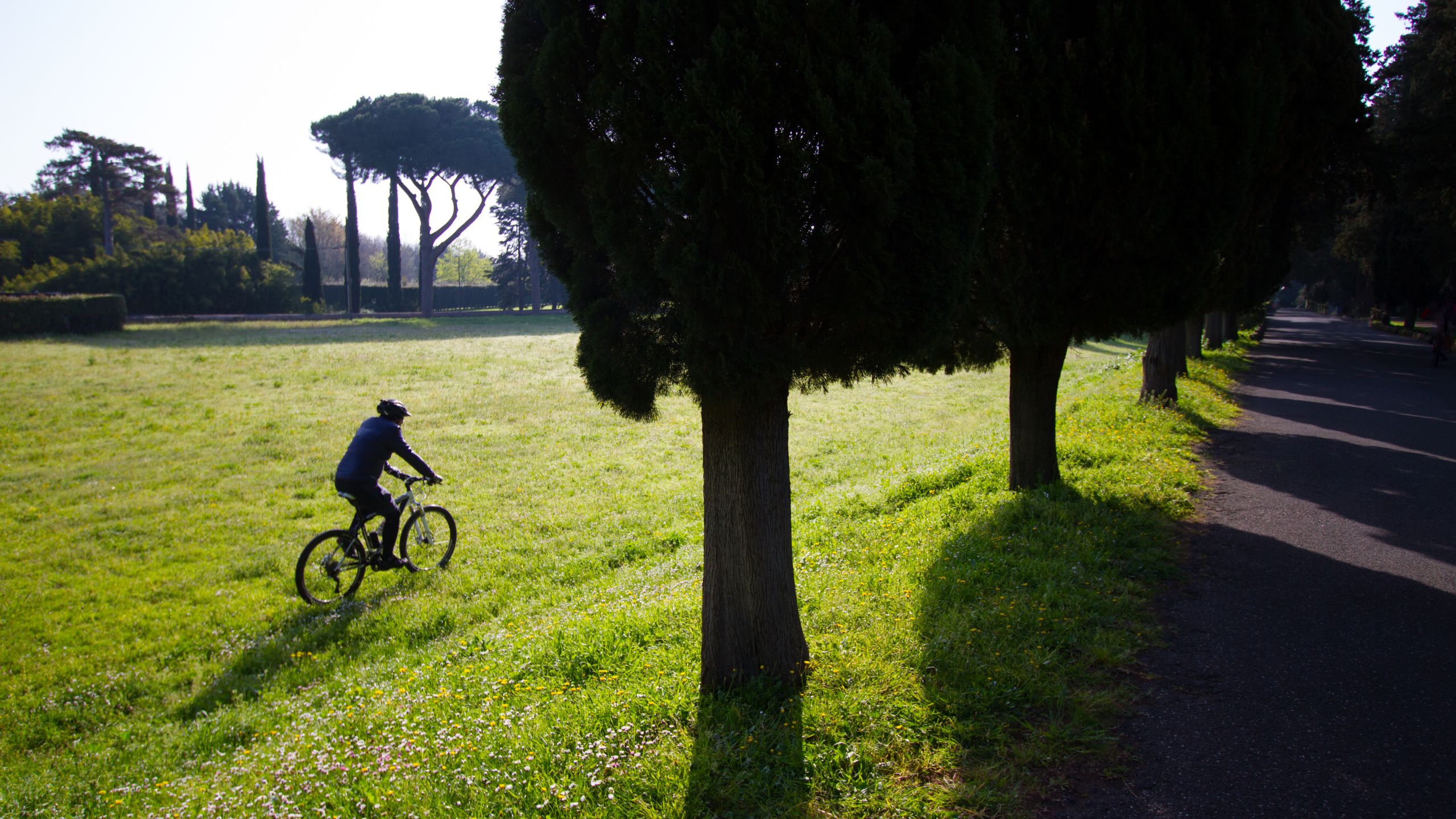A Stroll through Rome: A Walk to the Belvedere of the Gianicolo
The Gianicolo, often referred to as the eighth hill of Rome, rises majestically on the right bank of the Tiber, offering one of the most breathtaking panoramic views of the Eternal City. Although not included among Rome’s seven traditional hills, the Gianicolo has played a crucial role in the city’s history, serving as both a defensive stronghold and a place of worship. Today, its belvedere is a must-visit destination for anyone seeking to admire Rome from a unique and captivating perspective.
The Importance of the Gianicolo as a Tourist Attraction
The name "Gianicolo" originates from the Roman god Janus, the deity of transitions and boundaries, who had a temple dedicated to him on the hill. In ancient times, the Gianicolo served as a strategic point for controlling river access to the city. During the Middle Ages, it was known as "Mons Aureus" due to the golden hue of its sandy soils.
During the Risorgimento, the Gianicolo became the site of fierce battles, particularly during the defense of the Roman Republic in 1849, led by Giuseppe Garibaldi. This event left an indelible mark, making the hill a symbol of freedom and patriotism.
Beyond its historical value, the Gianicolo offers visitors a truly unique experience:
Panoramic Views: From the Gianicolo’s terrace, you can enjoy a stunning view of Rome, taking in iconic landmarks such as St. Peter’s Basilica, the Pantheon, and the Altare della Patria.
Cultural Heritage: The hill is home to numerous monuments and commemorative statues, including the majestic Equestrian Monument to Giuseppe Garibaldi, which celebrates the hero of two worlds and his defense of Rome.
Unique Traditions: Every day at noon, a cannon shot is fired from the Gianicolo, a tradition that began in 1847 to synchronize the church bells of Rome. This event attracts many tourists and represents a quintessential moment of the Roman day.
What to See During a Walk to the Gianicolo Belvedere
A walk on the Gianicolo offers many attractions to discover:
Fontana dell’Acqua Paola: Known as the "Fontanone," this grandiose 17th-century Baroque fountain is a masterpiece of hydraulic engineering and provides a refreshing and contemplative stop for visitors.
Faro del Gianicolo: Donated by Italians residing in Argentina in 1911, this lighthouse symbolizes national unity and offers yet another panoramic vantage point over the city.
San Pietro in Montorio Church: Located nearby, this Renaissance church houses the renowned Tempietto del Bramante, considered one of the masterpieces of Renaissance architecture.
Botanical Garden of Rome: At the foot of the Gianicolo, in the Trastevere district, lies this splendid garden, home to a vast collection of plants from around the world. It offers a tranquil oasis in the heart of the city.
Tips for Visitors
How to Get There: The Gianicolo is easily accessible from the Trastevere neighborhood, either on foot or by public transport. For those who enjoy walking, climbing through Trastevere’s alleys provides picturesque views and the chance to discover hidden corners of the city.
Best Time to Visit: To fully appreciate the view and atmosphere, visit the Gianicolo at sunset, when the golden light envelops the city, creating an unforgettable panorama.
Special Events: In addition to the traditional noon cannon shot, the Gianicolo hosts open-air theater and music performances during the summer, offering an immersive cultural experience.
A walk to the Gianicolo Belvedere is not just a journey through Rome’s history, but also an opportunity to admire the city from a privileged vantage point, discovering charming corners and experiencing unique traditions. For those who wish to immerse themselves in the essence of Rome, the Gianicolo is an unmissable destination.




